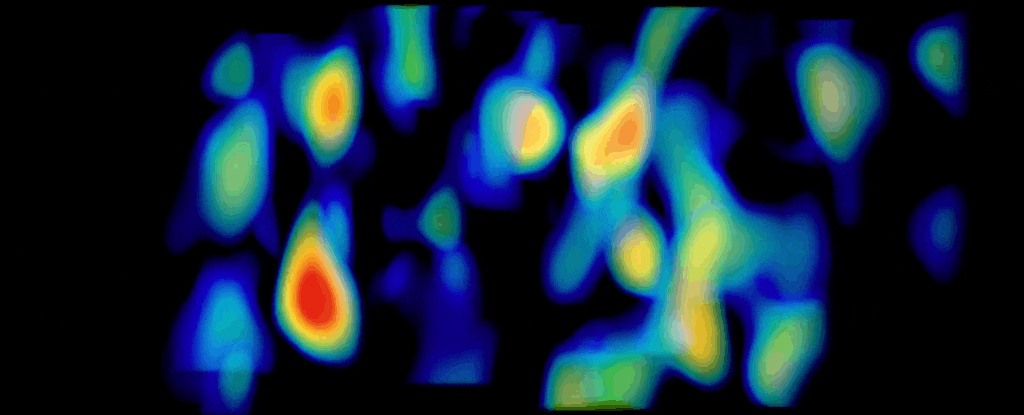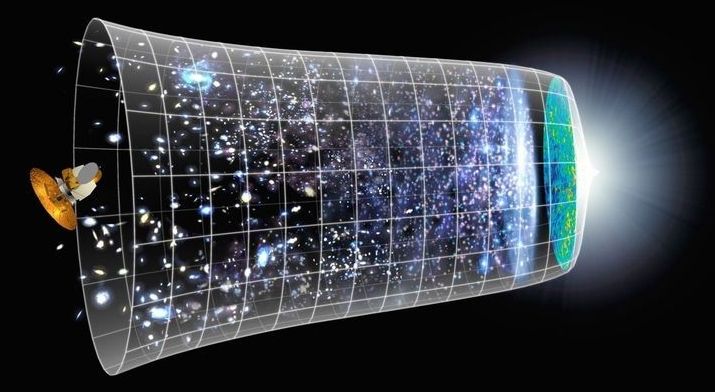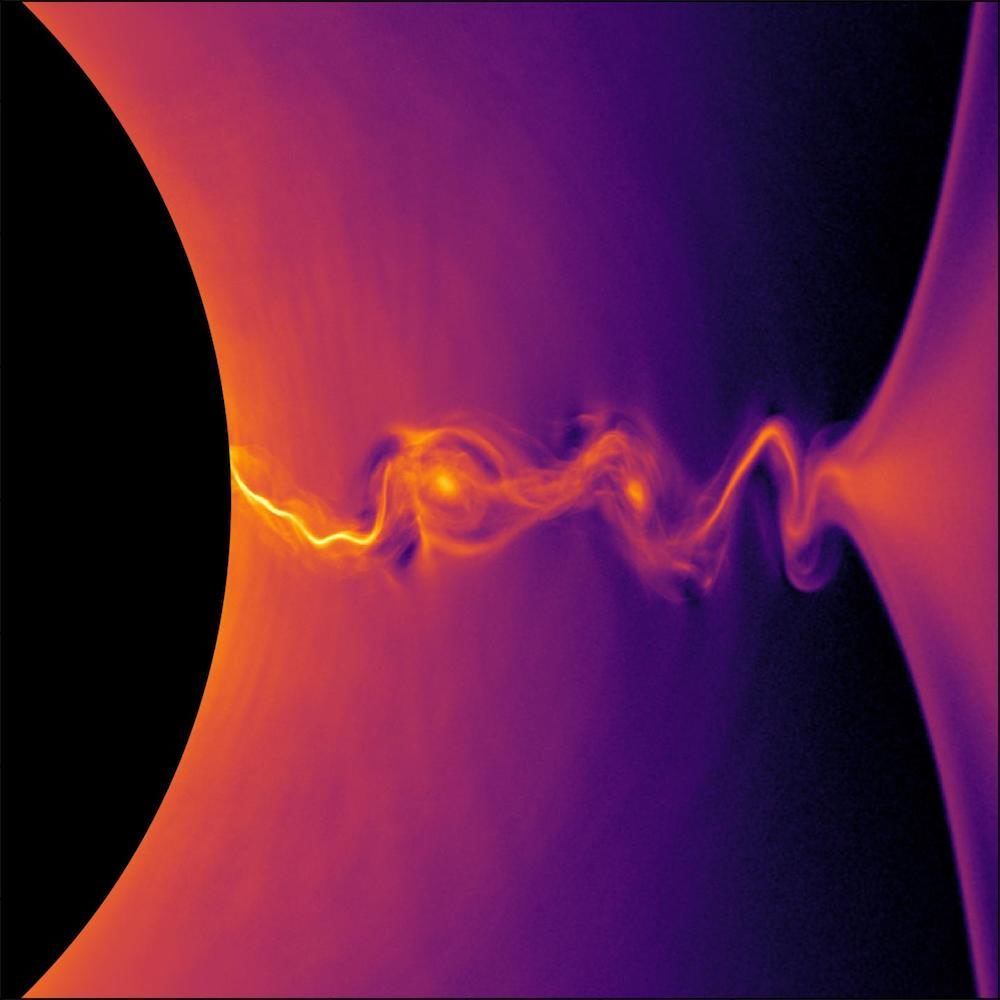An invisible force is having an effect on our Universe. We can’t see it, and we can’t detect it — but we can observe how it interacts gravitationally with the things we can see and detect, such as light.
Now an international team of astronomers has used one of the world’s most powerful telescopes to analyse that effect across 10 million galaxies in the context of Einstein’s general relativity. The result? The most comprehensive map of dark matter across the history of the Universe to date.
It has yet to complete peer-review, but the map has suggested something unexpected — that dark matter structures might be evolving more slowly than previously predicted.










